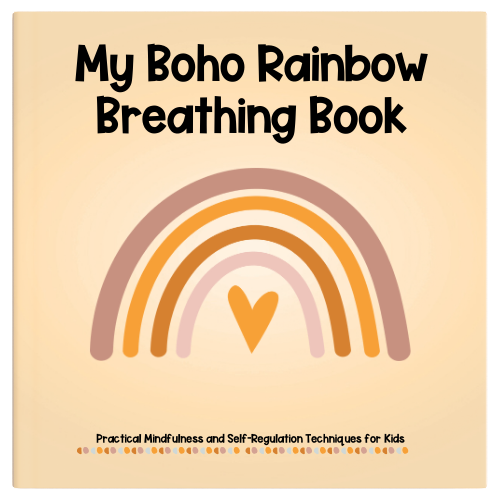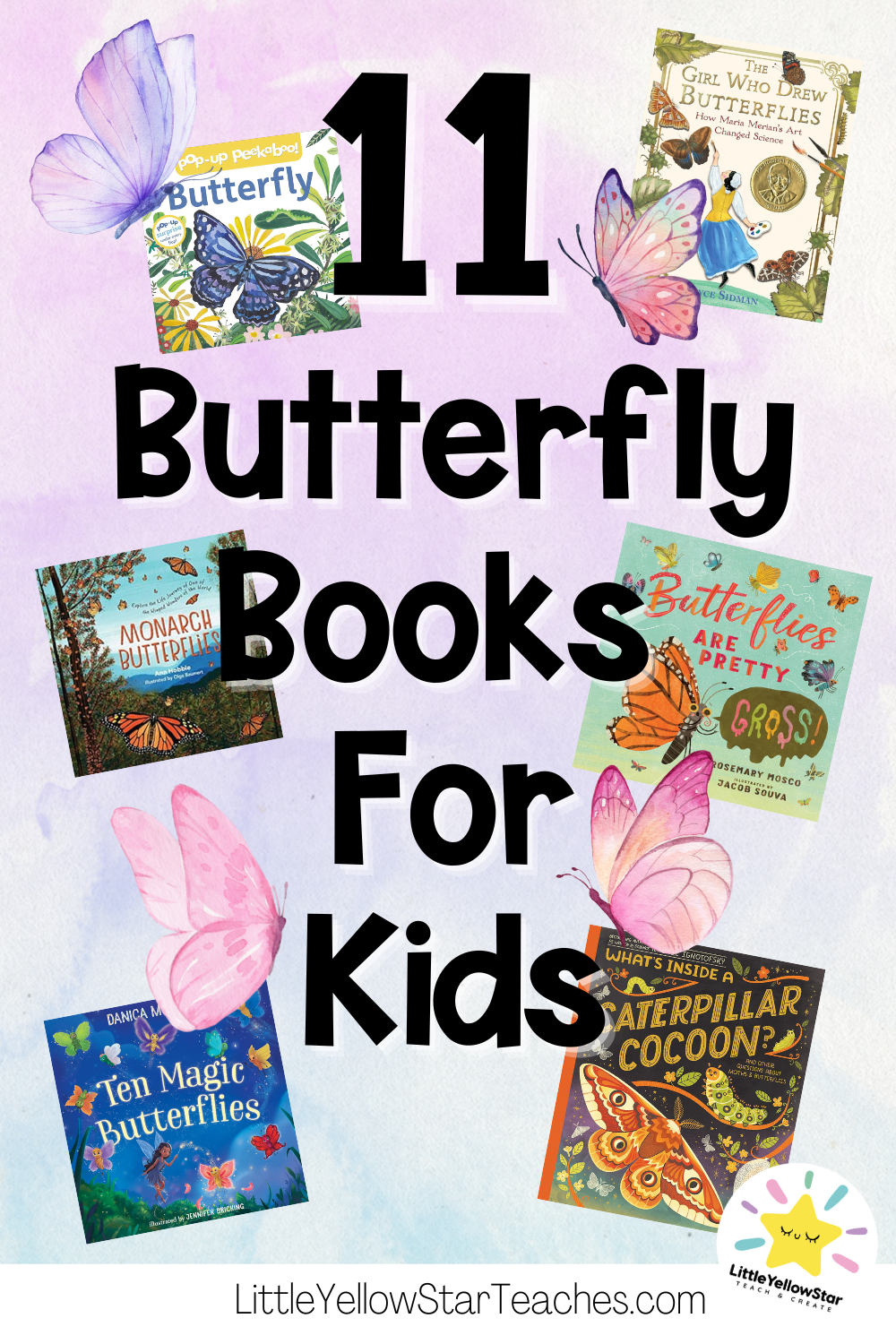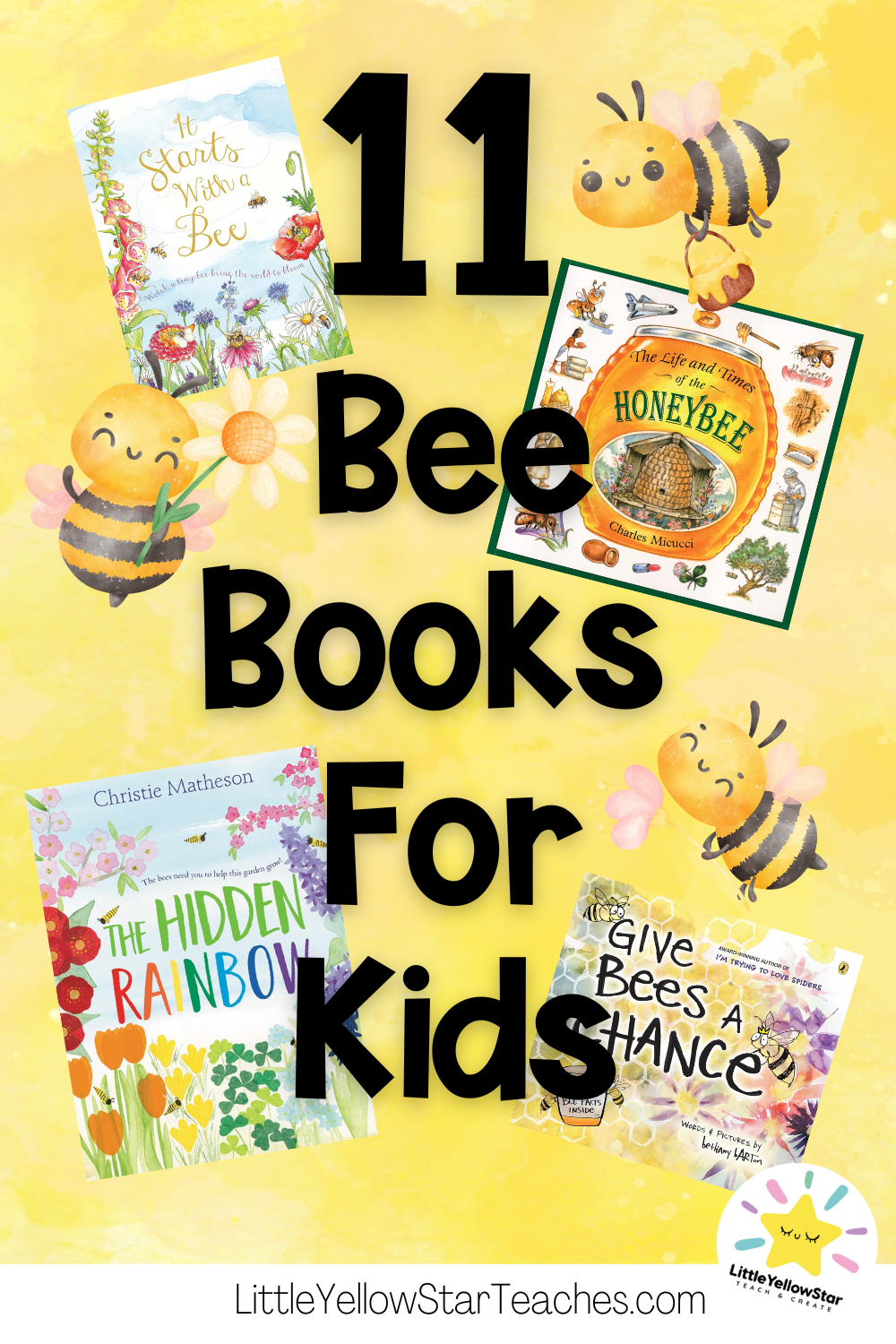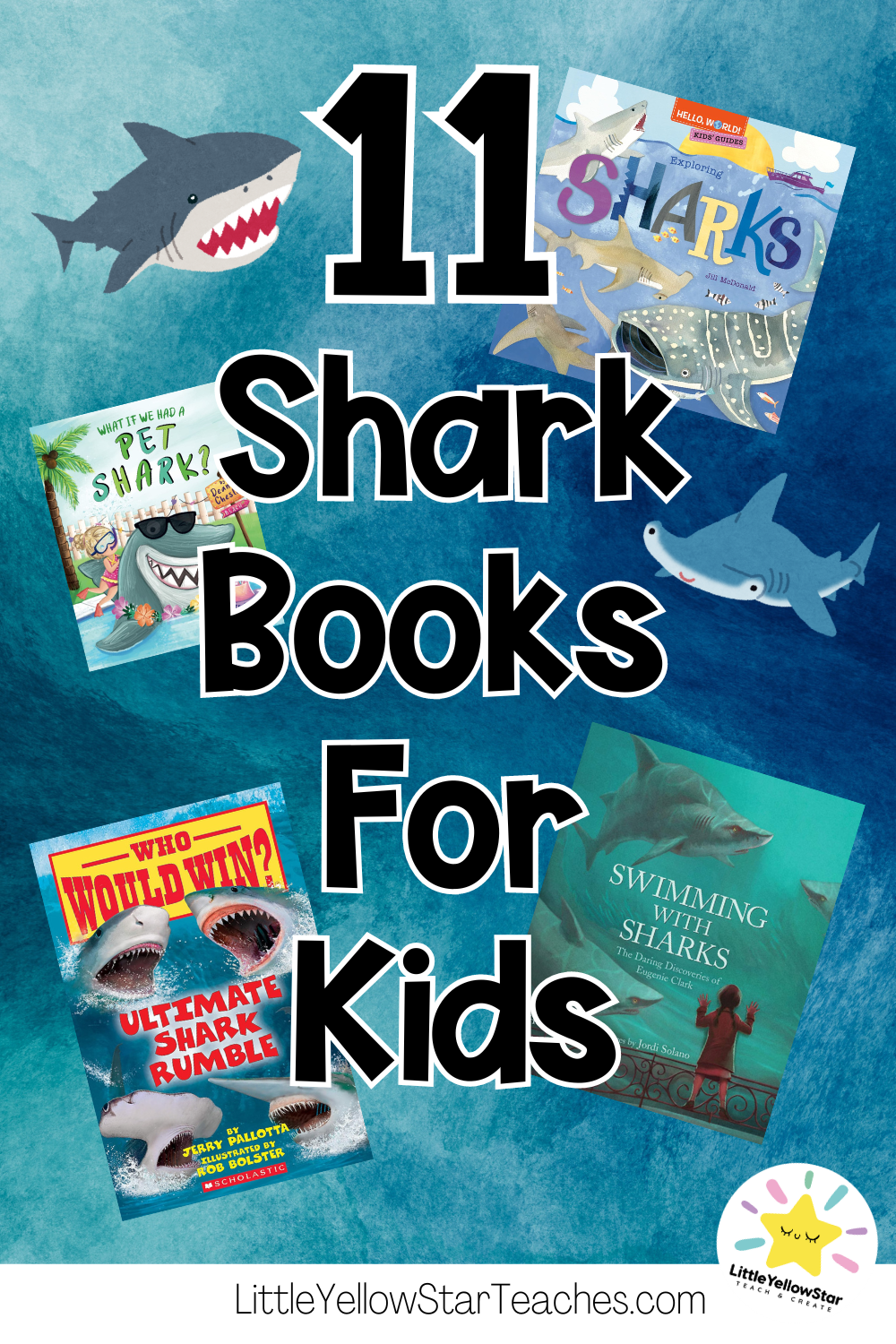***Disclosure: This post contains an Amazon affiliate link that at no additional cost to you, I may earn a small commission when you purchase through the link from my blog. Thank you for your support!
I’m so excited about this post because I get to compile all the different breathing exercises for children that I found fun and functional.
There are so many benefits to breathing exercises, especially regarding self-regulation. Learning how to regulate the breath, especially when experiencing a heightened state of emotion, can help ground you. While we, as adults, often resort to a deep breath during overwhelming moments, this instinct is yet to be cultivated for children.
Our aim? To make breathing exercises enjoyable, tactile, vivid, and easy for children to learn and recall in times of need.
Freebie Alert! If you love breathing technique, don’t forget to download the free Dandelion Breathing technique at the end of the post!
Understanding Self-Regulation
Self-regulation is the ability to control one’s emotions, behaviors, and responses, especially in challenging situations. Research has indicated that these skills developed in childhood often lay the foundation for future emotional health and resilience (Eisenberg et al., 1997). Among the various tools to cultivate self-regulation, breathing exercises are remarkably effective, as they anchor the child in the present moment and provide immediate relief.
How To Introduce Breathing Exercise With Kids
In the classroom, breathing exercises serve as a pivotal technique to teach self-regulation. If you’ve considered setting up a ‘Calm Down Corner’, ,’sure to incorporate a breathing exercise for the little ones to employ in that space. During your introduction to the Calm Down Corner, also teach a breathing exercise for children to use in the Calm Down Corner.
For parents, introducing the concept can be made interactive with illustrative books. Inform your child that you’ll teach them techniques to feel better when upset, anxious, or overly excited. Utilizing apps or videos that provide guided meditation or breathing exercises designed for children can also be immensely helpful.
Three Books To Introduce Breathing Exercises Across Ages
- Little Monkey Calms Down by Michael Dahl – For Toddlers: Link
- Listening To My Body by Gabi Garcia – For Lower Elementary
- Even Superheroes Have Bad Days by Shelly Becker – For Upper Elementary
Check Out Rainbow Mindfulness Books and More!
When To Implement Breathing Exercises With Kids
This truly depends on where you are. If you are a teacher and in the classroom, you might have a limited amount of time dedicated to doing this. If you are a parent, then you have more flexibility. With those two scenarios in mind, I separated them into different sections.
- At Home: Integrate breathing exercises into daily routines. This could be during bedtime as a wind-down ritual or in the morning to start the day with serenity. Making it a family activity can reinforce its importance.
- In The Classroom:
- Daily Routine: Incorporate a brief breathing exercise at the start and/or end of the day. By making it a consistent feature, students will look forward to these calming moments. Perfect for morning meetings, reflection time, or even post-recess cool-down.
- Brain Break: Use quick breathing exercises during short breaks.
- Transitions: Using breathing exercises during transitions or post-high-energy activities can aid in refocusing.
11 Breathing Exercises For Children
Here are the different breathing exercises that you can try out with your child or students. I separated them into different categories: Popular, Fun, Imaginative, and Interactive.
All you really need is one, so try them out until you find one that both you and the children love!
Popular Breathing Exercises:
- Belly Breathing (Diaphragmatic Breathing):
- Have the child lie down and place a small toy on their belly. Ask them to take a deep breath through their nose, lift the toy upwards, and then exhale slowly through the mouth, letting the toy sink down.
- Box Breathing:
- The child visualizes a square. They breathe in for a count of 4 along one side, hold for 4 at the corner, breathe out for 4 along the next side, and then hold for another count of 4.
- Balloon Breathing:
- Ask the child to place their hands on top of their head. Have them inhale deeply, imagining a balloon inflating in their belly, and then exhale slowly, visualizing the balloon deflating.
Fun Breathing Exercises:
- Rainbow Breaths:
- The child imagines a vast rainbow overhead. As they breathe in, they trace one side of the rainbow with their finger, and as they breathe out, they trace the other side.
- Starfish Breathing (5-Finger Breathing):
- The child spreads out one hand and, using the index finger of the other hand, traces the outline of each finger, inhaling up one side and exhaling down the other.
- Lion’s Breath:
- Let the child sit cross-legged. They should breathe in deeply through their nose and exhale powerfully through their mouth, sticking their tongue out and roaring like a lion.
Imaginative Breathing Exercises for Kids:
- Ocean Waves Breathing:
- The child sits or lies comfortably, visualizing a serene beach. As they breathe in, they see waves coming to the shore, and as they exhale, they see the waves receding.
- Mountain Peak Breath:
- Children visualize scaling a mountain. They inhale as they climb, pause briefly at the peak, and then exhale as they descend.
- Garden Breeze Breathing:
- Children imagine they’re amidst a garden. As they breathe in, flowers sway one way, and as they exhale, they sway the opposite way.
Interactive Breathing Exercises for Kids:
- Bubble Breathing:
- Materials: A bottle of bubble solution and a wand.
- Take a deep breath in and exhale slowly and steadily to blow a bubble. The aim is to blow the largest bubble you can without it popping. This promotes deep and controlled exhalation.
- Pinwheel Breaths:
- Materials: A pinwheel.
- Inhale deeply, then exhale onto the pinwheel to make it spin. Focus on making it spin as long as possible with one breath. This can be turned into a playful competition among kids.
When introducing kids to these exercises, it’s essential to ensure they’re comfortable and to remind them that there’s no right or wrong way to do it. The goal is to make them more aware of their breath and help them find calmness and focus.
Additional Tips
- Calm Down Corner: Consider setting up a dedicated space in the classroom or at home where children can retreat to practice their breathing exercises. This space, equipped with comfortable seating and calming visuals, can become a safe haven for them to recalibrate.
- Consistency is Key: Like any other skill, regular practice of breathing exercises reinforces their efficacy. Aim to incorporate them into daily routines, making them as habitual as brushing teeth or reading bedtime stories.
- Model the Behavior: Children learn by observing adults. Demonstrate the exercises yourself, showing them it’s a valuable tool for everyone, regardless of age.
- Visual Aids: Use posters, cards, or visual cue cards displaying the steps for each breathing exercise. This serves as a reminder and can make the process more engaging.
- Be Patient: Initially, some children might find it challenging to sit still or focus on their breath. It’s essential to approach this with patience, understanding that it’s a journey and every child will progress at their own pace.
- Use Technology: Although we don’t want to constantly rely on devices, apps, and online tools can be useful to help aid you in this process. Leverage apps and online platforms that offer guided sessions tailored for children. They often combine captivating visuals with clear instructions, making the process more immersive.
- Incorporate into Play: Make use of games or activities that inherently involve deep breathing, like blowing up balloons, blowing bubbles, or even playing with wind toys.

So Which Breathing Exercise Are You Excited To Try?
As we navigate the challenges of nurturing the next generation, tools like these breathing exercises become indispensable. Not only do they equip children to handle immediate stressors, but they also sow the seeds for lifelong emotional resilience.
Remember that consistency is the key to making these breathing exercises effective. Make them a fun part of the child’s routine, integrating them into morning rituals or bedtime routines.
If you have a breathing exercise that you love to do with your child or classroom, please do share! Tag me on Instagram @LittleYellowStarTeaches because I would love to see it!
Let’s breathe life into our children’s futures, one breath at a time. (Is that too corny?)
Happy Breathing!
Prima at LittleYellowStar
* * *
Other Blog Posts That You Might Enjoy:
- 15 Minutes Daily Social And Emotional Learning Activities For The Classroom (SEL Made Easy)
- 11 Classroom Essential First Year Teacher Must Haves That Won’t Break The Bank
- Meaningful And Fun Back To School Activity: Create A Classroom Wreath!
Post References:
- Eisenberg, N., Guthrie, I. K., Fabes, R. A., Reiser, M., Murphy, B. C., Holgren, R., … & Losoya, S. (1997). The relations of regulation and emotionality to resiliency and competent social functioning in elementary school children. Child development, 68(2), 295-311.
- Dale, A. (2014). Breathing and visualization techniques for children. Journal of Pediatric Psychology, 32(5), 530-535.











